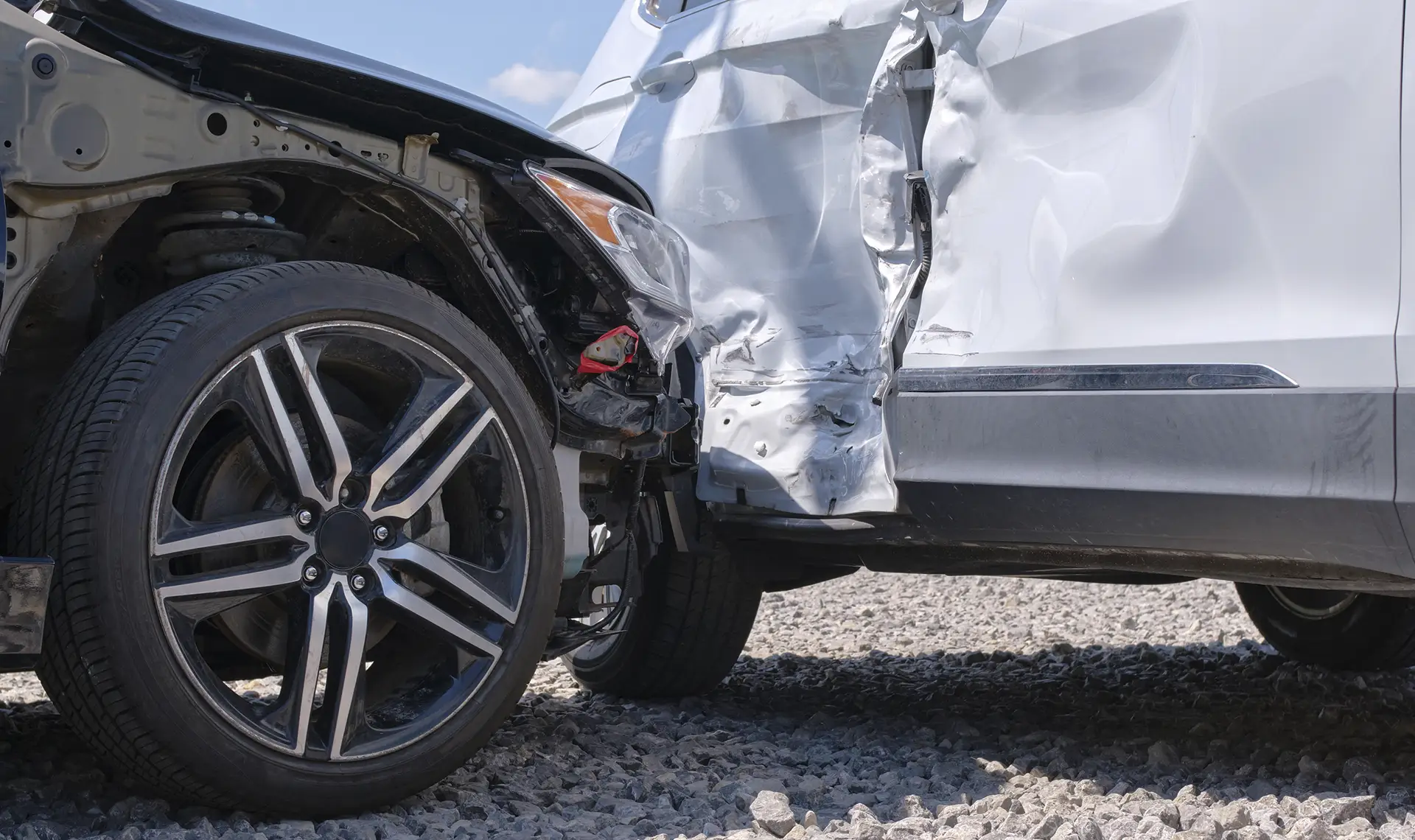Your Rights and Coverage after a Collision
In 2022, over 46,000 drivers in Ontario were involved in fatal and personal injury collisions according to the Ministry of Transportation. Whether by luck or probability, you can find yourself in a car accident. What do you need to know about Ontario’s no-fault insurance?
Ontario’s no-fault insurance – also known as the Ontario Motorist Protection Plan – does not mean you will not be held responsible for car accidents, or the police will not charge you for any violation associated with the accident. The framework instead streamlines the process of managing car accident claims. As such, property damage and injury claims will be handled by the insurance providers of each driver regardless of who is at fault. This means drivers in accidents will not have to put themselves through a drawn out and contentious process establishing who is at fault and perusing claims against the other driver’s insurance. This ensures that everyone involved can promptly receive the necessary compensation for their losses.
The name “no-fault insurance” can be a misnomer as it does suggest no one is at fault. In fact, insurance companies will still determine who is to blame in an accident. Insurance companies will conduct investigations following a collision to ascertain the degree of responsibility for each party involved. To accomplish this, all insurance companies follow the ‘Fault Determination Rules’. These rules illustrate common accident scenarios the claims adjuster references to assign fault or liability to the driver and vehicle. A driver can then be found responsible to varying degrees. This ranges from entirely faultless to completely at fault. If it is determined you are at fault, you will probably see an increase in your premiums that stays on your driving record for up to six years.

-Medical and Rehabilitation Benefits
-Income Replacement Benefits
-Caregiver Benefits
-Attendant Care Benefits
-Non-Earner Benefits
-Funeral Expenses and Death Benefits
Ontario’s no-fault insurance has limitations and exclusions. While the insurance framework affords accident victims essential benefits, it also limits their ability to sue for more damages in most cases. There are also exceptions which allow victims to pursue a lawsuit. This is when the determined at-fault party is outside the scope of the no-fault system. An example would be drunk driving. Another exception will be when injuries caused by the accident exceed a certain severity threshold. Examples would be injuries involving loss of limb or significant neurological impairment.
When pursuing a lawsuit against the at-fault party, they will have the opportunity to seek compensation for pain and suffering. More importantly, the lawsuit allows you to obtain damages beyond the statutory accident benefits that no-fault insurance affords.
If you do want to initiate a legal action following an automobile accident, there are certain deadlines you must heed. You have two years from the date of the accident to officially file the lawsuit. You must also inform the other party your intention to pursue legal action against them within 120 days of the accident. Additionally, for claims involving a provincial or municipal government, where accidents are caused by unsafe road conditions, you must give written notice of your intentions to sue within 10 days of the accident. The lawsuit must also be filed within two years of the accident. A failure to adhere to these deadlines can lead to a forfeiture of your rights to pursue legal action.
Ontario’s no-fault system offers accident victims quick access to essential benefits regardless of fault. While it provides coverage for essential supports such as income replacement and medical expenses, the system is still subject to limitations and exclusions. If you find yourself involved in an automobile accident, consulting an experienced, qualified personal injury lawyer can help you navigate the complexities of the no-fault system, ensuring you receive the maximum potential compensation and benefits you are entitled to under Ontario law.

